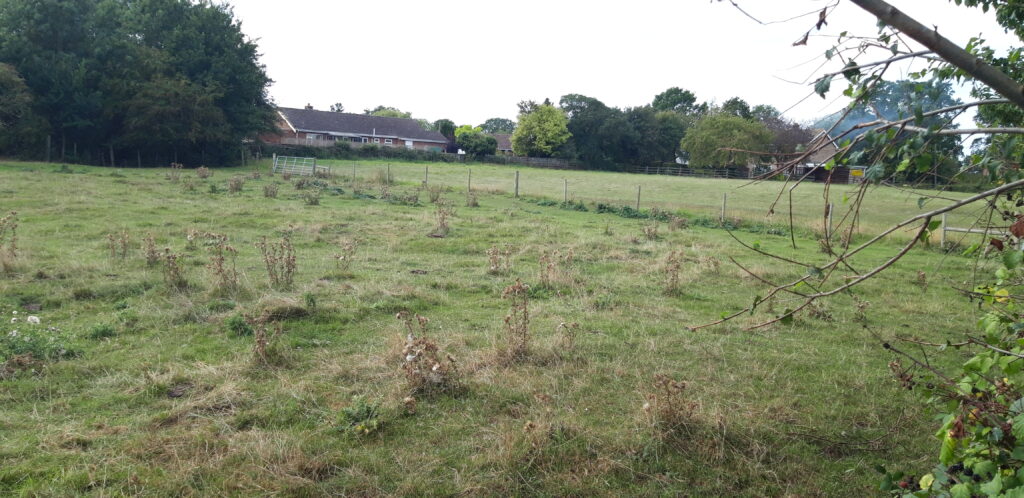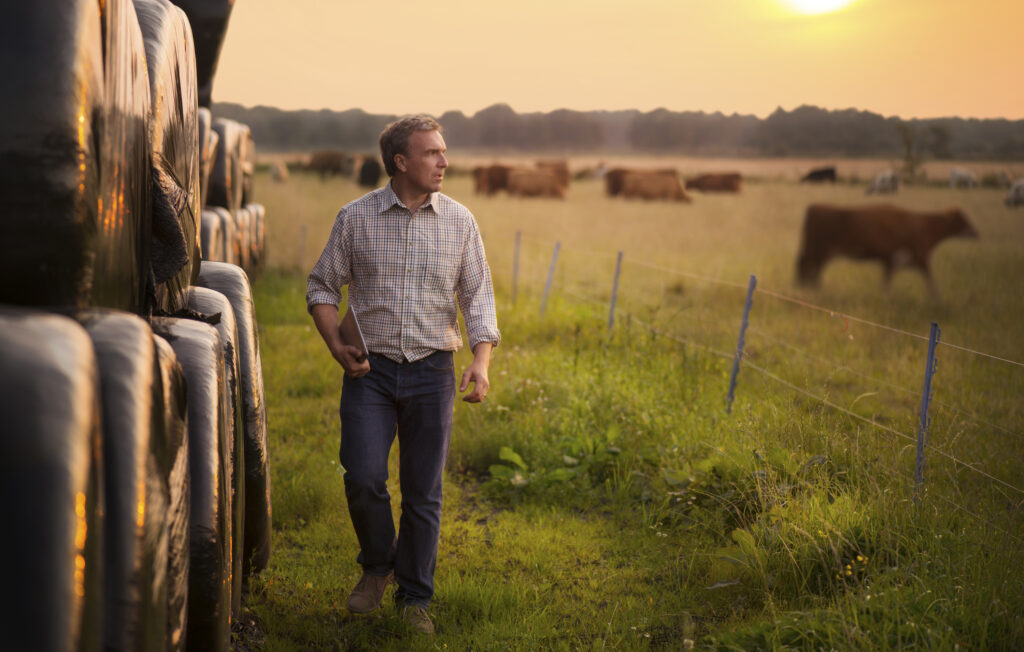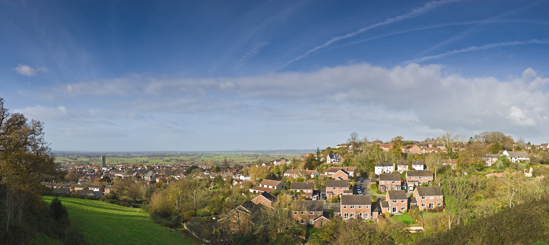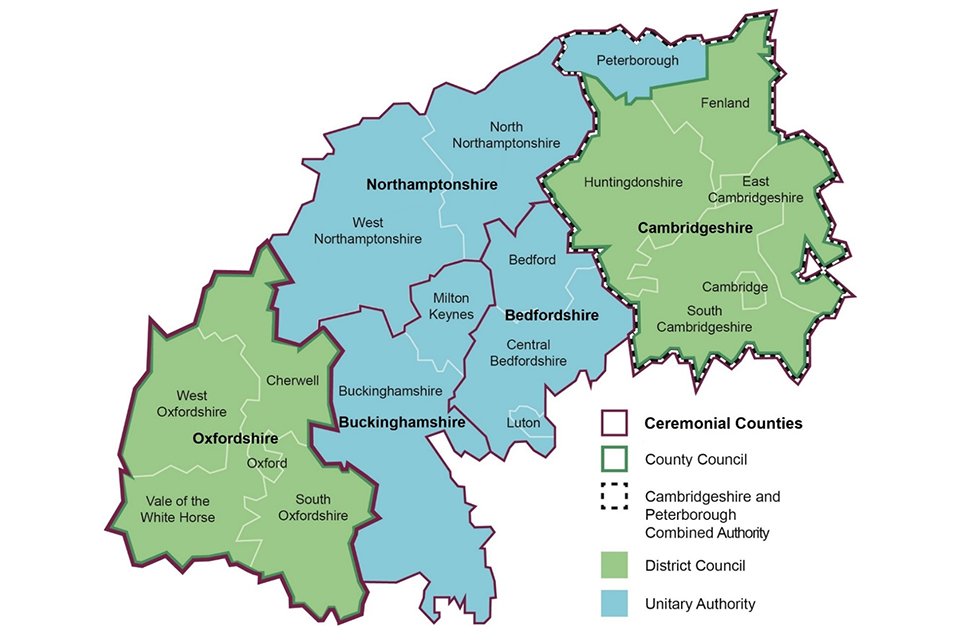Tag: farmers news
Land and Property Professionals
We sell, rent, manage, survey, plan and advise...what can we do for you?
We sell, rent, manage, survey, plan and advise...what can we do for you?

Like a hole in the head, Rachel Reeves has revoked a 1992 inheritance tax exemption for farms, resulting in farmers having to pay 20% in tax over £1 million with effect from April next year.
If farmers weren’t struggling already to make ends meet, these taxation changes have led to landowners looking for means of raising capital, and what better way than the diversification of a farmyard or successful promotion of a paddock within or on the edge of a settlement.
Farmyard developments, whether that be the conversion of existing agricultural buildings or the replacement of these buildings with dwellings, can be a lucrative arrangement, especially if the barns are not suitable for modern farming machinery or they stand alone in the wrong place on the holding.
In terms of planning strategy, there are several options available including a pre-application enquiry, Permission in Principle (PiP) submission, or straight to an outline or full planning application. Depending on the objectives of the landowner, this will dictate the strategy. For example, are you looking to dispose of the barns or retain it? Do you wish to control the planning process and design due to living adjacent to the scheme? If so, you may wish to obtain full planning as opposed to allowing a developer to dictate the materials and final details of the design.
Alternatively, if you own a paddock in a village or on the edge of the settlement, given the Government has said there are ‘no excuses’ as to why it can’t deliver on its promise of 1.5 million homes by 2029, now is the time to consider its suitability for development. Planning can be an expensive risk, even for smaller schemes. This is where option and promotion arrangements have their place, allowing the financial risk to be passed to the developer partner. It is worth noting that landowners can do their bit to promote their land, and examples of this include ensuring the land is included in councils’ ‘call for sites’ processes, and making the village aware if they are undertaking a Neighbourhood Plan exercise. Should your land be allocated for development in either a Local Plan or Neighbourhood Plan, this can enhance the prospect of development and value significantly.
It is important that prior to unlocking value, landowners have considered matters such as taxation and farm planning, as you wouldn’t want poor forward thinking to erode the benefits of a successful development scheme.
Did you know that we also specialise in planning appeals?
We obtained Permission in Principle on appeal for residential development comprising a minimum of one and a maximum of four dwellings following a refusal by Huntingdonshire District Council.

The key points to take home are:
This appeal clarifies, what has been for a long time, an area of dispute between applicants and some councils since the PiP route was introduced in 2017. It is a route that landowners and developers can obtain formal confirmation from the Council on whether the principle of a proposed development is acceptable before spending huge amounts of money on matters of detail.
At Robinson & Hall, we can offer the client a complete suite of services, taking the site from the initial site visit, right the way through to disposal, with a range of services including planning, architectural drawings, building surveys and agency.
Should you have a parcel of land or a range of farm buildings which you think might be suitable for development, do not hesitate to contact me.

Falls from height is one of the most common causes of death and injury on farms. Health & Safety Executive (HSE) has issued a press release stating it intends to increase visits to farms across the country throughout winter 2023 and into spring 2024 to focus on this continuing issue.
Autumn and winter are traditionally a time when farms may need to carry out building maintenance, e.g. repairing leaking roofs or replacing ineffective rainwater goods. This always brings some level of risk and it’s critical to always think carefully about the job first. Before carrying out any work at height, stop and think:
Unsafe work at height really is not worth the risk so make sure that all risks are controlled on your farm. You have been warned!
Please refer to the Farmwise, your essential guide to health and safety in agriculture found here.
If you would like some help and assistance on how best to improve your agricultural buildings or you require a building surveying, then please contact Robert Franklin, Head of Architecture & Building Surveying.

The Government has launched a consultation on the Oxford to Cambridge Arc which is aimed to inform their approach and vision to the future of the Arc. The consultation will run for 12 weeks from 20th July to 12th October 2021.
The Spatial Framework, which will be produced over the next two years, will set out the master vision for the Arc and will have the same weight in planning terms as the National Planning Policy Framework. This means that all of the Local Planning Authorities within the Arc will have to comply with this document when drawing up their own individual local planning policy.

The consultation covers the counties of Oxfordshire, Buckinghamshire, Northamptonshire, Bedfordshire and Cambridgeshire and is the first of three consultations. Whilst the final Spatial Framework will not make site allocations, it will recommend areas for growth and will guide the Local Plans and investment decisions through to 2050.
The Government believes that the Spatial Framework will allow them to plan for growth in a way that:
environment and beautiful places; and
In addition, the Government has announced a new expert panel to advise on sustainable economic and housing growth in the Arc. The panel’s primary area of focus is between Bedford and Cambridge where the Government is examining opportunities to bring forward well designed, inclusive and sustainable places.
It is important to make your voice heard in the preparation of the Spatial Framework, as it will guide many planning decisions over the next 20 years, even with changes in central and local Government. Please click here to have your say on the Oxford to Cambridge Arc. The link will take you to the online platform with set consultation questions.
If you require more information on the Oxford to Cambridge Arc, please visit the Government website here. If you would like to speak to one of our Rural Property & Business experts about the Oxford to Cambridge Arc and potential impacts it could have on your land, please call 01234 352201 and ask to speak to Andrew Jenkinson or Polly Sewell.